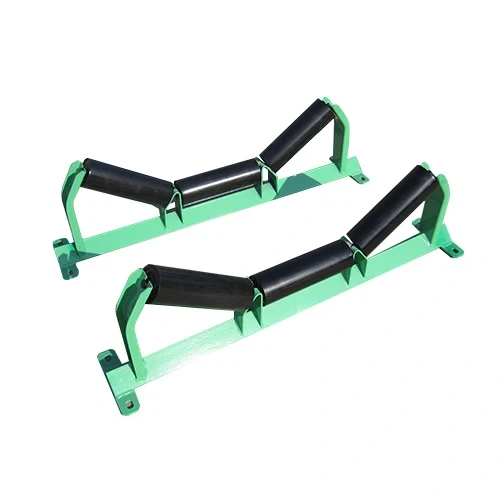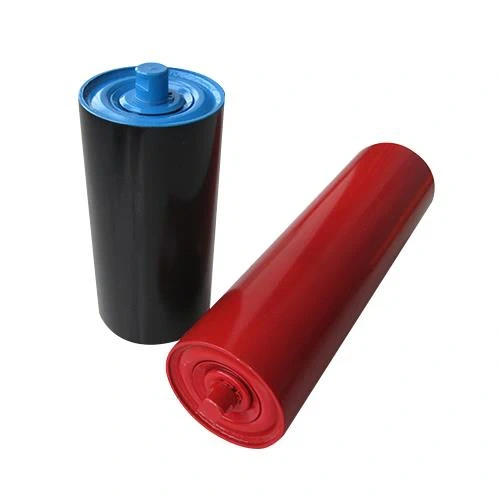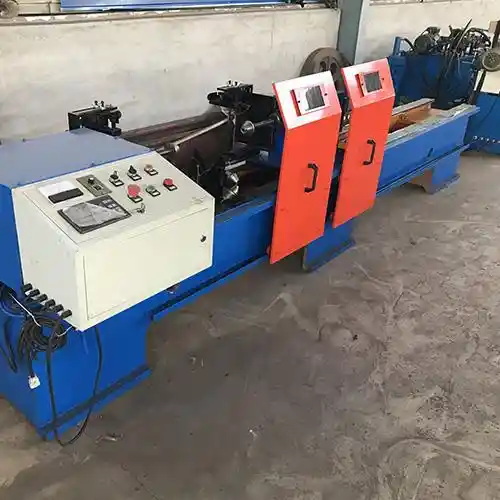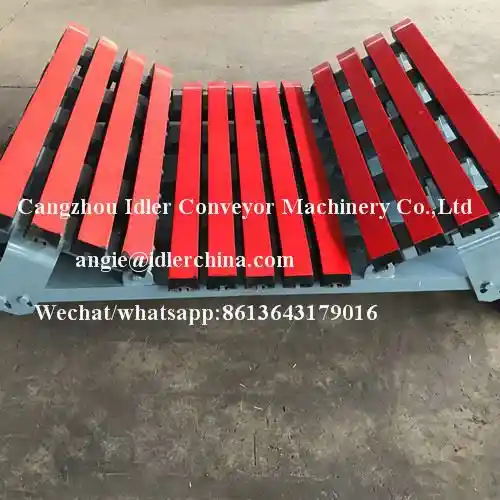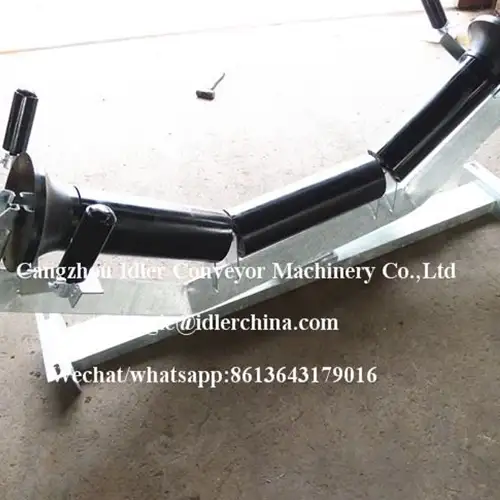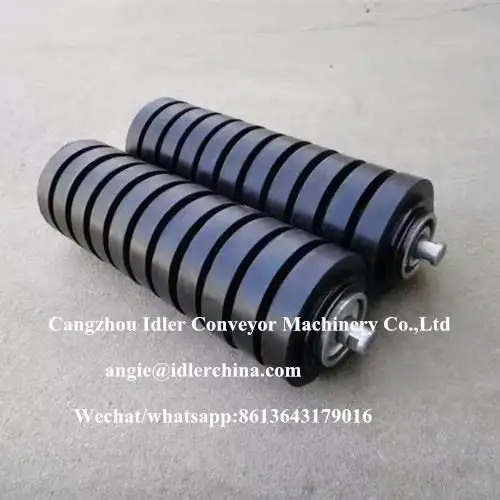- English
- French
- German
- Portuguese
- Spanish
- Russian
- Japanese
- Korean
- Arabic
- Greek
- German
- Turkish
- Italian
- Danish
- Romanian
- Indonesian
- Czech
- Afrikaans
- Swedish
- Polish
- Basque
- Catalan
- Esperanto
- Hindi
- Lao
- Albanian
- Amharic
- Armenian
- Azerbaijani
- Belarusian
- Bengali
- Bosnian
- Bulgarian
- Cebuano
- Chichewa
- Corsican
- Croatian
- Dutch
- Estonian
- Filipino
- Finnish
- Frisian
- Galician
- Georgian
- Gujarati
- Haitian
- Hausa
- Hawaiian
- Hebrew
- Hmong
- Hungarian
- Icelandic
- Igbo
- Javanese
- Kannada
- Kazakh
- Khmer
- Kurdish
- Kyrgyz
- Latin
- Latvian
- Lithuanian
- Luxembou..
- Macedonian
- Malagasy
- Malay
- Malayalam
- Maltese
- Maori
- Marathi
- Mongolian
- Burmese
- Nepali
- Norwegian
- Pashto
- Persian
- Punjabi
- Serbian
- Sesotho
- Sinhala
- Slovak
- Slovenian
- Somali
- Samoan
- Scots Gaelic
- Shona
- Sindhi
- Sundanese
- Swahili
- Tajik
- Tamil
- Telugu
- Thai
- Ukrainian
- Urdu
- Uzbek
- Vietnamese
- Welsh
- Xhosa
- Yiddish
- Yoruba
- Zulu
What Are the Features of a Quarry Duty Wing Pulley?
2024-07-02 11:46:29
Quarry Duty Wing Pulleys are crucial components in conveyor systems, but what exactly sets them apart? Let's delve into their key features and understand why they are essential for efficient conveyor operation.
What is a Quarry Duty Wing Pulley and How Does it Differ from Standard Pulleys?
Quarry Duty Wing Pulleys are specially designed components used in conveyor Quarry Wing Pulley System, particularly in demanding environments like quarries and mining operations. Unlike standard pulleys, these pulleys feature unique wings or flanges on either side of the pulley. These wings are critical for the efficient operation of conveyor systems in harsh conditions where material buildup can cause significant issues.
The primary function of the wings is to deflect material buildup and prevent it from lodging between the belt and the pulley. In a standard pulley, material buildup can lead to increased wear and tear, causing damage to the belt and the pulley itself. This accumulation can also lead to increased friction and heat, which can further degrade the conveyor components and lead to costly downtime for maintenance and repairs. Quarry Duty Wing Pulleys mitigate these issues by allowing debris to be expelled through the spaces between the wings, keeping the pulley surface cleaner and reducing the risk of belt damage.
Another significant difference between Quarry Duty Wing Pulleys and standard pulleys is their construction. Quarry Duty Wing Pulleys are built to withstand the rigors of heavy-duty applications. They are often constructed with thicker, more durable materials and are designed to handle higher loads and more abrasive materials. This robust construction ensures that they can endure the harsh conditions typically found in quarry and mining environments, providing a longer service life and reducing the frequency of replacements.
Furthermore, the design of the wings helps in maintaining proper belt alignment and tracking. The wings guide the belt more effectively, preventing misalignment that can lead to belt slippage and uneven wear. This design feature enhances the overall efficiency and reliability of the conveyor system.
In summary, Quarry Duty Wing Pulleys offer several advantages over standard pulleys, particularly in demanding environments. Their unique winged design helps prevent material buildup, reduces the risk of damage, and extends the lifespan of both the pulley and the conveyor belt. Additionally, their robust construction ensures they can handle the extreme conditions of quarry and mining operations, providing a more reliable and efficient solution for material handling.
What Are the Key Benefits of Using Quarry Duty Wing Pulleys?
Quarry Duty Wing Pulleys provide several significant advantages over standard pulleys, making them an essential component in demanding environments such as quarries and mining operations.
Firstly, one of the primary benefits is their ability to enhance belt tracking. The unique winged design of these pulleys ensures that the conveyor belt remains centered and aligned during operation. This improved tracking reduces belt misalignment, minimizing wear and tear on both the belt and the pulley. Consequently, the belt's lifespan is extended, leading to reduced downtime and lower replacement costs.
Secondly, Quarry Duty Wing Pulleys excel in improving material discharge. The wings effectively deflect material buildup and prevent it from lodging between the belt and the pulley. This feature helps in maintaining a cleaner working environment by reducing material spillage. The ability to manage and expel debris efficiently ensures that the conveyor system operates smoothly, without interruptions caused by material accumulation.
Lastly, these pulleys significantly reduce maintenance requirements. The winged design helps to keep the pulley clean and free from debris, which in turn decreases the need for frequent cleaning and maintenance. By preventing material buildup, Quarry Duty Wing Pulleys reduce the risk of damage and wear, resulting in a more reliable and efficient conveyor system.
In summary, Quarry Duty Wing Pulleys offer key benefits such as enhanced belt tracking, improved material discharge, and reduced maintenance needs. These advantages make them a valuable choice for conveyor systems in harsh and demanding environments, ensuring efficient operation and prolonged equipment life.
How to Choose the Right Quarry Duty Wing Pulley for Your Conveyor System?
When selecting a Quarry Duty Wing Pulley for your conveyor system, it is crucial to consider several factors to ensure optimal performance and longevity.
Firstly, the pulley size is a critical factor. The diameter and width of the pulley must be compatible with the belt size and the conveyor system's load requirements. A pulley that is too small or too large can cause improper belt tension and alignment issues.
Secondly, the wing configuration should be chosen based on the specific needs of the operation. Different wing designs can offer varying levels of material deflection and cleaning efficiency. Selecting the right wing configuration can help maintain a cleaner pulley surface and reduce material buildup.
Lastly, the material of construction is essential. Heavy-Load Quarry Pulleys are typically made from durable materials such as heavy-duty steel or other robust alloys. The material should be selected based on the environmental conditions and the type of material being conveyed. For example, in highly abrasive environments, a more wear-resistant material may be necessary.
By carefully considering these factors—pulley size, wing configuration, and material of construction—you can select the right Quarry Duty Wing Pulley that matches your conveyor system's requirements, ensuring reliable and efficient operation.
Conclusion
In conclusion, Quarry Duty Wing Pulleys play a vital role in conveyor systems, offering several benefits over standard pulleys. Their unique design features help to improve belt tracking, material discharge, and reduce maintenance requirements. When choosing a Quarry Duty Wing Pulley, it is essential to consider factors such as size, wing configuration, and material of construction to ensure optimal performance.
References
1.Goodell, P. (2010). "Conveyor Belt Troubleshooting." Construction Equipment Guide, 56(13), 102-104.
2.Lodewijks, G. (2004). "The Principles of Conveyor Belt and Belt Scraper Selection." Bulk Solids Handling, 24(5), 305-308.
3.McGuire, M. J. (2003). "Design and Construction of Belt Conveyors for Coal Handling." Coal Age, 108(5), 52-55.
4.Swinderman, R. T., Marti, A. D., & Carlson, D. W. (2002). "Foundations: The Practical Resource for Total Dust & Material Control." Martin Engineering, 3rd edition.
5.Heitzler, M., Dayer, P., & Talbot, B. (2011). "Understanding and Optimizing Belt Conveyor Designs." Mining Technology, 120(1), 50-55.
6.Roberts, A. W., & Wheeler, C. A. (2008). "Design Considerations for Conveyor Belt Idlers." International Journal of Mining and Mineral Engineering, 2(2), 147-159.
7.Lodewijks, G. (2002). "Dynamics of Belt Systems." Bulk Solids Handling, 22(1), 55-62.
8.Konakalla, N., & Singh, R. (2014). "Optimization of Belt Conveyor Systems." Journal of Material Handling and Logistics, 4(3), 92-98.
9.Singh, S. P., & Sharma, R. K. (2015). "Maintenance Management of Mining Belt Conveyor System Based on Data Fusion and Advanced Analytics." Journal of Cleaner Production, 105, 1-10.
10.Jones, M. J. (2007). "Improving Conveyor Performance with Wing Pulleys." Mining Magazine, 197(3), 72-75.
